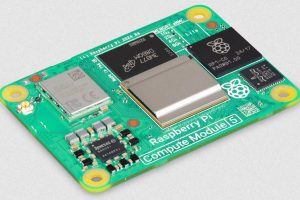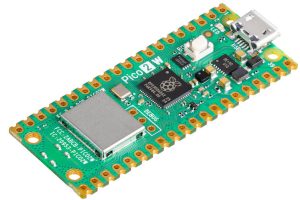
Called ‘IPEM PiHat’, it is based on Microchip’s M90E36A monitoring and power computation IC.
“The board may be used as a stand-alone controller-monitor, or integrated within an IoT in-house or IoT cloud MQTT monitoring platform,” according to the company. “Safety is a primary focus – only low-voltage SELV ac is used [with] galvanic isolation from the main electrical supply.”
Connections are provided for up to four current transformers (YHDC SCT-013-000 suggested, Rogowski coils are an option) and up to three ac voltage inputs connected via isolation transformers – at least one ac voltage input must be provided to provide 50Hz timing for differentiating import and export flow.
Y or Δ three-phase power systems can be monitored, as well as split-phase systems, or three separate single-phase rails.
Also on the board is a four channel 12bit DAC (MCP4728) to provide external analogue voltages, a four channel 16bit ADC (ADC1115) to read external voltages (4x single-ended or 2x differential), and two 30V 2A relays whose change-over contacts are brought out to the edge of the board for isolated circuit switching.
The “12bit outputs could be configured to track current clamp [readings] or M90E36A register values such as active, reactive, imported or exported power, or power factor, line current or line voltage”, said Ditronix. “The ADC [adds] the ability to monitor solar battery voltages or currents.”
If more that four current transformer input channels are required on a single Pi, a simplified board (IPEM PiHat Lite) is available with a M90E36A, but no DAC, ADC or relays.
One or more of these can be sacked over a single IPEM PiHat (ADC and DAC addressing issues prevent more than one IPEM PiHat being used on the same Pi).
If no ADC, DAC or relay functions are needed, one more IPEM PiHat Lite boards can be used with a Raspberry Pi without the more comprehensive IPEM PiHat.
An associated IoT power energy controller and monitor software development kit is available on GitHub.
“The SDK test software is Python based, but the user can decide their preferred development coding route, such as the platform within Home Assistant,” Ditronix director of engineering Dave Williams told Electronics Weekly.
Communication with the Pi is through the 40pin IO header using a mixture of SPI, one-wire and GPIOs.
Use is foreseen with solar energy systems, battery charging, electrical heating and motor control.
Ditronix products are designed and made in the UK. Its energy monitoring Raspberry Pi Hat web page is here
 Electronics Weekly
Electronics Weekly



